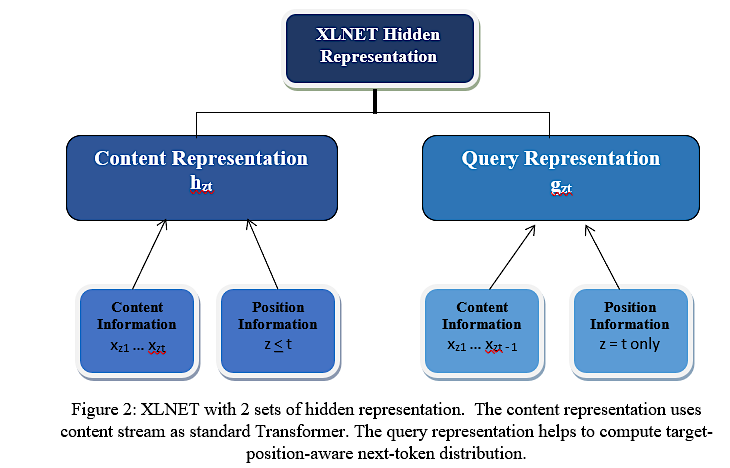Relevance Classification of Flood-Related Tweets Using XLNET Deep Learning Model
Keywords:
Text classification, LSTM, Multi-head Attention, Flood, TweetsAbstract
Floods, being among nature's most significant and recurring phenomena, profoundly impact the lives and properties of tens of millions of people worldwide. As a result of such events, social media structures like Twitter often emerge as the most essential channels for real-time information sharing. However, the total volume of tweets makes it hard to manually distinguish between those relating to floods and those that are not. This poses a large obstacle for responsible government officials who need to make timely and well-knowledgeable decisions. This study attempts to overcome this challenge by utilizing advanced techniques in natural language processing to effectively sort through the extensive volume of tweets. The outcome we obtained from this process is promising, as the XLNET model achieved an extraordinary F1 rating of 0.96. This high degree of overall performance illustrates the model’s usefulness in classifying flood-related tweets. By leveraging the abilities of the XLNET model, we aim to provide a valuable guide for responsible governance, aiding in making timely and well-informed choices during flood situations. This, in turn, will assist reduce the impact of floods on the lives and property-affected communities around the world.
References
N. Pourebrahim, S. Sultana, J. Edwards, A. Gochanour, and S. Mohanty, “Understanding communication dynamics on Twitter during natural disasters: A case study of Hurricane Sandy,” Int. J. Disaster Risk Reduct., vol. 37, p. 101176, Jul. 2019, doi: 10.1016/J.IJDRR.2019.101176.
N. Said et al., “Natural disasters detection in social media and satellite imagery: a survey,” Multimed. Tools Appl., vol. 78, no. 22, pp. 31267–31302, Nov. 2019, doi: 10.1007/S11042-019-07942-1/METRICS.
“Using Twitter as a data source.” Accessed: May 11, 2024. [Online]. Available: https://eprints.whiterose.ac.uk/126729/8/Normal_-_Ethics_Book_Chapter_WA_PB_GD_Peer_Review_comments_implemented__1_.pdf
S. Vieweg, A. L. Hughes, K. Starbird, and L. Palen, “Microblogging during two natural hazards events: What twitter may contribute to situational awareness,” Conf. Hum. Factors Comput. Syst. - Proc., vol. 2, pp. 1079–1088, 2010, doi: 10.1145/1753326.1753486.
M. Imran and C. Castillo, “Towards a data-driven approach to identify crisis-related topics in social media streams,” WWW 2015 Companion - Proc. 24th Int. Conf. World Wide Web, pp. 1205–1210, May 2015, doi: 10.1145/2740908.2741729.
S. Zhang, D. Caragea, and X. Ou, “An Empirical Study on Using the National Vulnerability Database to Predict Software Vulnerabilities,” Lect. Notes Comput. Sci. (including Subser. Lect. Notes Artif. Intell. Lect. Notes Bioinformatics), vol. 6860 LNCS, no. PART 1, pp. 217–231, 2011, doi: 10.1007/978-3-642-23088-2_15.
A. H. Tanim, C. B. McRae, H. Tavakol‐davani, and E. Goharian, “Flood Detection in Urban Areas Using Satellite Imagery and Machine Learning,” Water 2022, Vol. 14, Page 1140, vol. 14, no. 7, p. 1140, Apr. 2022, doi: 10.3390/W14071140.
Z. Yang, Z. Dai, Y. Yang, J. Carbonell, R. R. Salakhutdinov, and Q. V. Le, “XLNet: Generalized Autoregressive Pretraining for Language Understanding,” Adv. Neural Inf. Process. Syst., vol. 32, 2019, Accessed: May 11, 2024. [Online]. Available: https://github.com/zihangdai/xlnet
W. J. Luo Pengcheng, Wang Yibo, “Research on automatic classification of literature subjects based on deep pre-trained language model [J],” J. Inf. Sci., vol. 10, 2010.
Z. Chong, “Research on Text Classification Technology Based on Attention-Based LSTM Model [D],” Nanjing Nanjing Univ., 2016.
et al. Liang Xiaobo, Ren Feiliang, Liu Yongkang, “Machine reading comprehension model based on double- layer Self-attention [J],” Chinese J. Inf., vol. 32, no. 10, pp. 130–137, 2018.
S. Yu, D. Liu, W. Zhu, Y. Zhang, and S. Zhao, “Attention-based LSTM, GRU and CNN for short text classification,” J. Intell. Fuzzy Syst., vol. 39, no. 1, pp. 333–340, Jan. 2020, doi: 10.3233/JIFS-191171.

Downloads
Published
How to Cite
Issue
Section
License
Copyright (c) 2024 50SEA

This work is licensed under a Creative Commons Attribution 4.0 International License.




















